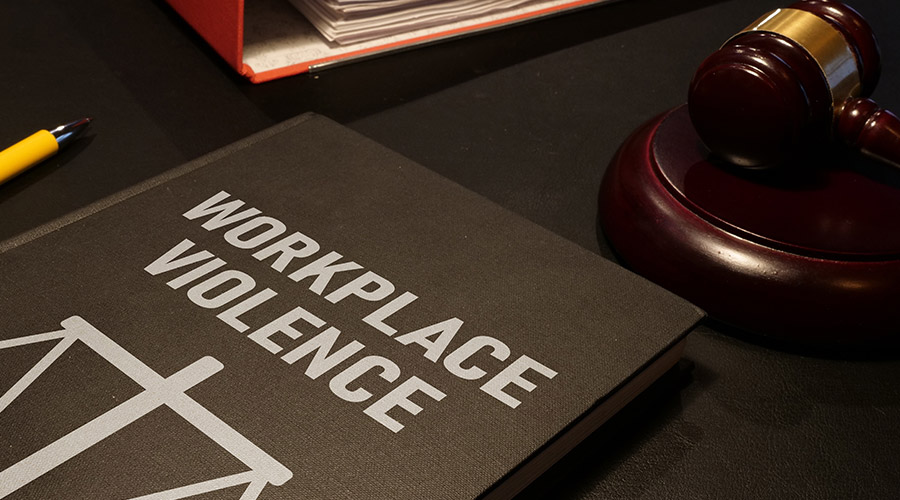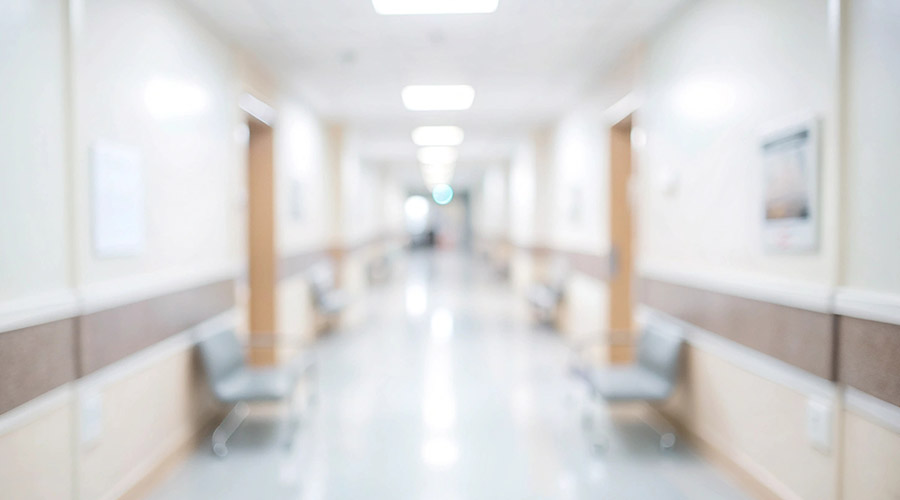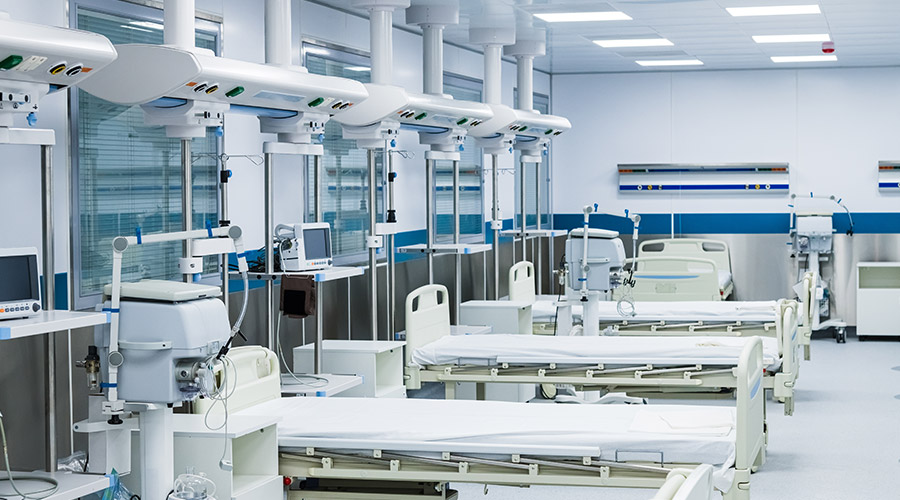In public and commercial settings like office buildings, restaurants, schools and healthcare facilities, restrooms are most frequently cited as the number one source of customer complaints and unsurprisingly one of the toughest areas for cleaning professionals to maintain. Cleaning for health and aesthetics are both important. Consumer perceptions of a facility’s restrooms can impact bottom lines, but restroom cleanliness is also very important to public health in general.
Illness-causing germs and multi-drug resistant organisms (MDROs or “superbugs”) are commonly found in public restrooms and are easily transmitted through contact with contaminated surfaces. “Microbial Biogeography of Public Restroom Surfaces,” a 2011 study in which researchers took samples from 10 restroom surfaces at the University of Colorado campus in Boulder, found that human-associated microbes like Staphylococcaceae were commonly found on a variety of restroom surfaces.
This was a significant finding because the high number of skin and gut-associated bacteria found in the restrooms could readily be transmitted between individuals by touching these surfaces.
In another restroom study on the San Diego State University campus, researchers found that bathrooms were completely recontaminated with microbes and fecal bacteria on a variety of surfaces from toilet seats to soap dispensers, just one hour after cleaning and disinfection.
The question being asked, “How can cleaning professionals ensure that aesthetically clean-looking facilities are actually hygienically clean?” The solution to the problem is to modify the cleaning strategy to a health-focused approach and take these steps to prevent the spread of germs and improve aesthetics simultaneously.
Pre-clean surfaces. Remove debris and body soils and then use and EPA-registered product with kill claims for hard-to-kill pathogens such as influenza, norovirus and staphylococcus to disinfect surfaces.
Research your products. Pay close attention to the products being used to disinfect toilet surfaces and other surfaces commonly touched by hands. Make sure the proper products are being used and remember to check product labels for manufacturer’s instructions for proper use and contact time.
Eliminate odors, don’t mask them. Restroom odors should be broken down at their source. Not all air freshening products can actually break down and eliminate uric acid crystals; the root cause of urine odor. Using hydrogen peroxide-based solutions fight urine odors and stains and do not require additional training to use.
Clean the floors. Floor care is important too. Remove grime and scuff marks on restroom floors and don’t forget to disinfect them. Restroom floors are a breeding ground for over 230 bacterial species, compared to 150 species in over restroom locations according to “Microbial Biogeography of Public Restroom Surfaces.”
Clean glass and mirrors. Remove water marks, soils and streaks with a glass and surface cleaner. Eliminate built-up soap scum and grime on sinks and countertops by using products specifically formulated to break it down.
Encourage hand hygiene. Handwashing is the most important step in preventing the spread of infections. Cleaning staff should always wash their hands regularly with warm water and soap, especially after touching waste baskets, used tissues and using the restroom. The Center for Disease Control (CDC) states that you should scrub for at least 20 seconds before rinsing under clean, running water.
Public restrooms will always carry the high potential for germ transmission. Implementing thorough cleaning and disinfecting protocols at the sign of contamination will enable cleaning professionals to provide a healthier environment for building occupants and visitors.

 3 Employees Injured by Patient at Halifax Infirmary's Emergency Department
3 Employees Injured by Patient at Halifax Infirmary's Emergency Department How Architects Shape the Future of Healthcare Facilities
How Architects Shape the Future of Healthcare Facilities UNC Health, Duke Health Form Partnership for Stand-alone Children's Hospital
UNC Health, Duke Health Form Partnership for Stand-alone Children's Hospital Sarasota Memorial Hospital Plans to Build New Facility in North Port
Sarasota Memorial Hospital Plans to Build New Facility in North Port CMMS, Data and the Path to Compliance
CMMS, Data and the Path to Compliance